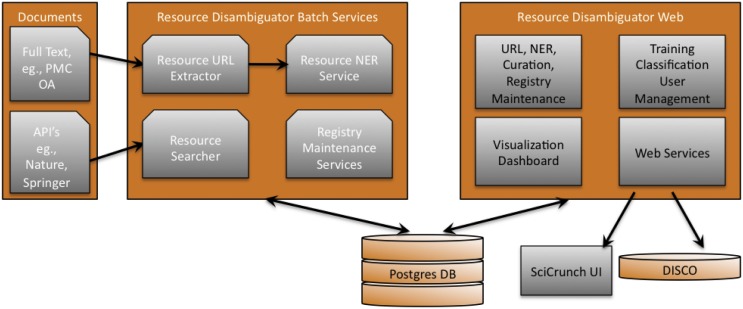Fig 3. Resource Disambiguation System Architecture.
The left panel represents literature sources including full text sources such as four Elsevier journals and the PubMed Central Open Access subset (∼1 million documents), and a set of services that grants access to PubMed abstracts (∼24 million documents), Springer and Nature content. The middle panel represents the set of automated tasks where data from the publications and the registry itself are processed. The right panel represents the set of curator facing dashboards that allow the curators to gain information from the batch services and give feedback to the algorithms represented in the middle panel. Finally, a Postgres database is the back-end data store and management system created to track the ongoing processes, compare and store all data. A set of web services is fed out that provides the output of pipelines and curation effort to the public. DISCO [7] is a data aggregation platform that feeds this data to the Neuroscience Information Framework project.

